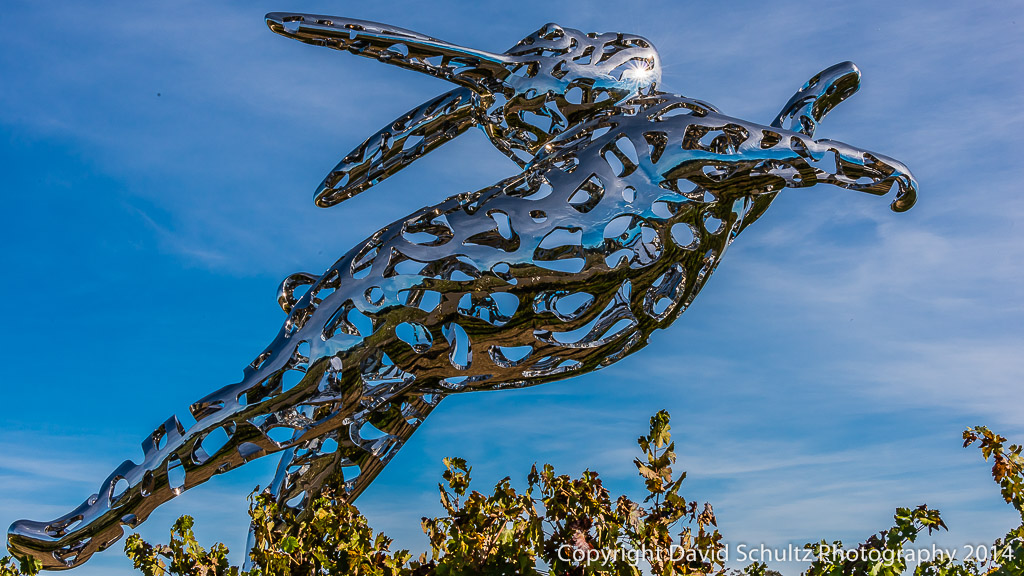#Bunny Foo Foo by Lawrence Argent
Photo




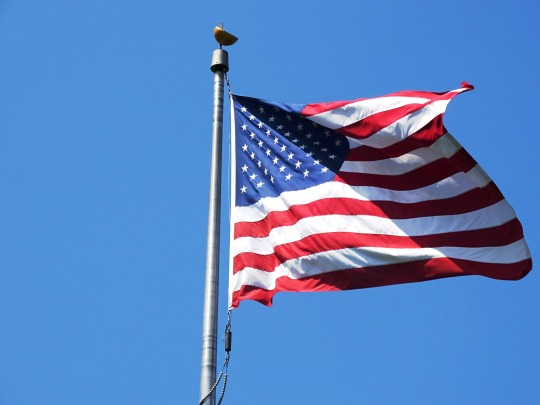
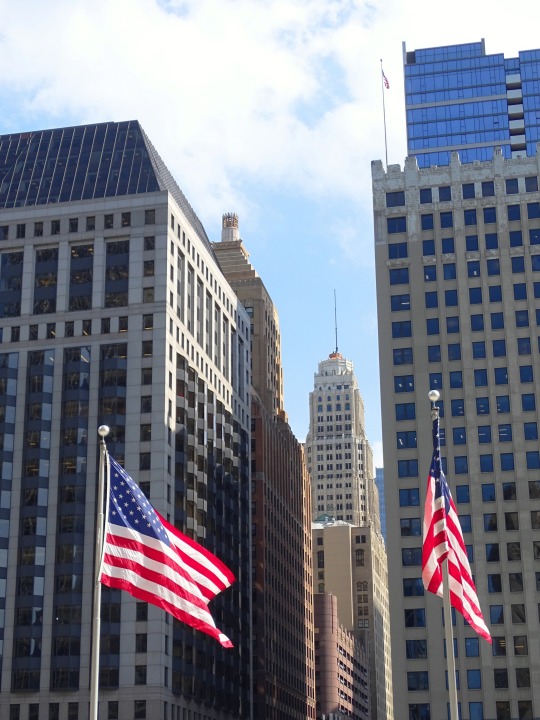
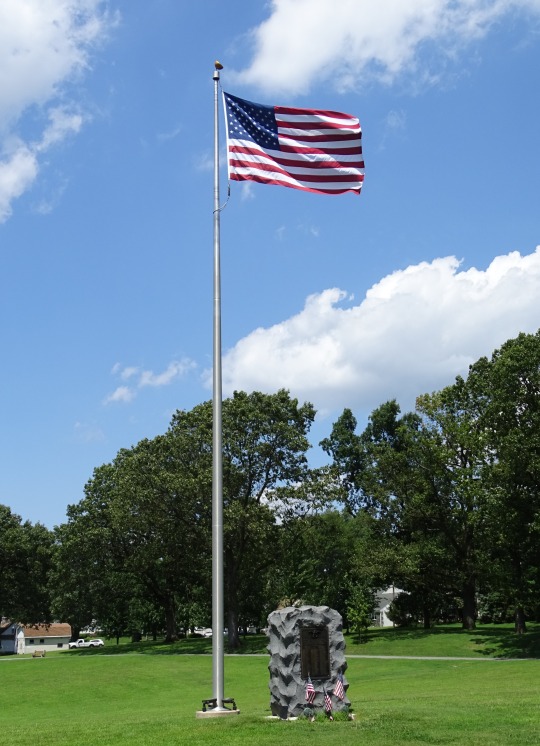
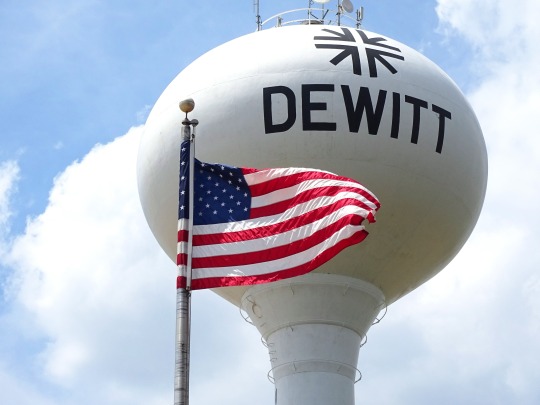

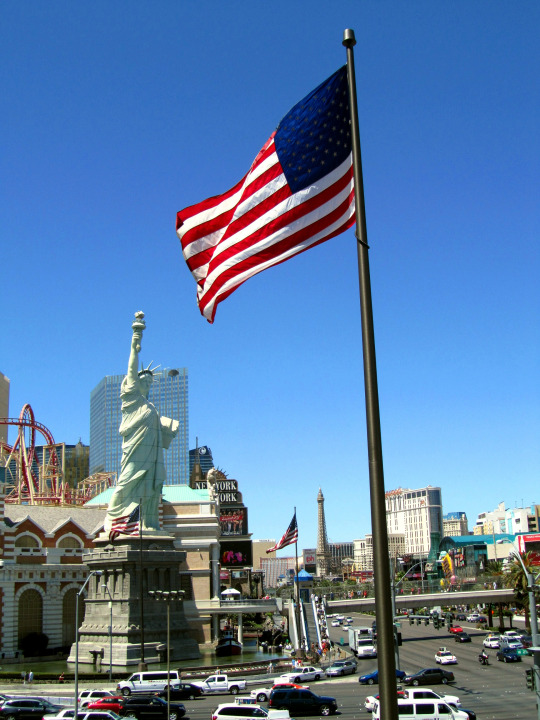
The United States adopted The Star-Spangled Banner as its national anthem on March 3, 1931.
National Anthem Day
In the early years of the republic, there were a few popular patriotic songs, such as "Yankee Doodle" and "Hail Columbia," but there was no national anthem. Today we celebrate the "The Star-Spangled Banner," which became the official national anthem of the United States on March 3, 1931. The song was inspired by a real flag and events that took place surrounding it.
The War of 1812 began in June of 1812. The United States achieved some early victories, but after France and Napoleon were defeated at Waterloo in April of 1814, the British were able to focus more on the war in the United States. After invading Washington D.C. and setting fire to The White House and Capitol in August, the British turned their attention to Baltimore, Maryland.
On September 13, Baltimore's Fort McHenry withstood a 25-hour bombardment from the British Royal Navy. Early on the morning of September 14, soldiers hoisted a large (30 x 42 feet) American flag over the fort. At the time, Francis Scott Key, an attorney who worked in Washington D.C., was on a ship in the harbor of Baltimore. He had been working to negotiate the release of Dr. William Beanes, who had been captured in an earlier battle. Although he was able to secure Beanes' release, the Americans were told they could not leave until the bombardment was over. As Key saw the flag wave over the fort, he wrote the first verse of what would become "The Star-Spangled Banner." At the time he named it "Defense of Fort M'Henry."
Sometime shortly thereafter, Key wrote three more verses. (Today just the first verse is commonly sung, with the fourth verse sometimes being used at formal occasions.) The verses were issued on a broadside by a local printer on September 17, and they were printed in two Baltimore newspapers, the Baltimore Patriot and The American, on September 20. The words were then printed by more papers along the East Coast.
Key set the verses to the tune of an English drinking song called "To Anacreon in Heaven" (also known as "The Anacreontic Song"), which was written in 1775 by John Stafford Smith and originally performed by the Anacreontic Society, a gentlemen's club in England. The song eventually became popular in the United States. Its subject, Anacreon, was an ancient Greek poet known for loving wine. Key had previously used the tune to accompany verses he had written in 1805 about American naval victories in the Barbary War. In fact, some of the wording he had used in the verses for that war were similar in nature to those in "Defense of Fort M'Henry." By one account, it was Key's brother-in-law who noticed the new verses fit the same melody, and convinced him to use it again. In October, Baltimore actor Ferdinand Durang gave the first public performance of the song, and the following month the song appeared in print under the title "The Star-Spangled Banner" for the first time.
The song gained in prominence following the Civil War, because it was about the flag and the flag was increasing as a symbol of national unity at the time. It became a staple of Fourth of July celebrations and other patriotic events. In the 1890s, the U.S. military began using it for ceremonies. In particular, it became the song of the Navy's flag raisings.
Woodrow Wilson signed an order in 1916 to make "The Star-Spangled Banner" the national anthem, but it did not become the official anthem until Congress passed a law fifteen years later. Wilson also asked the Bureau of Education to standardize the song, as there were a few different versions at the time. Five musicians worked on the song, including John Philip Sousa. The new version was first performed on December 5, 1917.
"The Star-Spangled Banner" made its major-sporting-event debut on September 5, 1918, at Chicago's Comiskey Park, during the first game of the World Series between the Chicago Cubs and the Boston Red Sox. The United States was in World War I at the time, and there was some added emotion in the air because a bombing had taken place the day before at the Chicago Federal Building. A military band played the song during the seventh-inning stretch, and players and fans saluted. The song soon began being sung at other baseball stadiums, and then spread to other sports.
On April 15, 1929, Rep. John Linthicum (D-Md.) introduced a bill to make "The Star-Spangled Banner" the national anthem. He had previously introduced such a bill four times before, going all the way back to 1918. As part of his district was in Baltimore, some thought that he was pushing for the bill for himself and for his district more than he was doing it for patriotism and the country. The bill eventually got a hearing before the House Judiciary Committee, and Linthicum presented them with a petition with 5 million signatures, which had been organized by the Veterans of Foreign Wars. He also presented them with resolutions and letters from 150 organizations and messages of support from 25 governors. The House approved the bill on April 21, 1930, and the Senate did on March 3, 1931. President Herbert Hoover signed it the same day and the "Star-Spangled Banner" became the official national anthem of the United States.
Although it has largely been looked upon as a patriotic song about freedom, it has not been without controversy. Key owned slaves for many years, including at the time when he wrote the song, which includes the line "the land of the free." He eventually freed his slaves, and his position was that slaves should return back to Africa. In recent times, some have used the song to protest racial injustice, by staying seated or kneeling when the anthem is played at sporting events. They have seen this as a patriotic gesture, while others have seen it as quite the opposite.
And what became of the actual star-spangled banner that the song was written about? The flag had been sewn by Mary Pickersgill with the help of a few others. After the battle, it was given to George Armistead, the commander of Fort McHenry. He died a handful of years later and his widow, Louisa, received it. It stayed in the family for many years and was rarely seen. In 1878, the Armistead's grandson, Eben Appleton, inherited the flag. He allowed it to be displayed at Baltimore's sesquicentennial in 1880, but then put it in a safety deposit box because he wanted to preserve its condition. He loaned it to the Smithsonian Institution in 1907, and donated it permanently to them in 1912, with the request that it be on display for the public. In the late 1990s, a preservation project was undertaken. The flag can be visited today at the Smithsonian's National Museum of American History.
How to Observe National Anthem Day
There are many ways to celebrate the day:
Read, memorize, and sing "The Star-Spangled Banner."
Visit the original Star-Spangled Banner at the National Museum of American History.
Visit the home where the flag was sewn.
Explore Fort McHenry, where the flag once flew.
Read a book about the "Star-Spangled Banner," such as Marc Ferris' Star-Spangled Banner: The Unlikely Story of America's National Anthem or Marc Leepson's What So Proudly We Hailed: Francis Scott Key, A Life.
Watch a documentary about "The Star-Spangled Banner," or watch a video about the Star-Spangled Banner exhibit.
Watch or listen to noteworthy renditions of the "Star-Spangled Banner."
If you are not from the United States, find out if your country has a national anthem, and learn about it and its history.
Source
#Alamosa#Colorado#Sonoma#St. Helena#Bunny Foo Foo by Lawrence Argent#Turnbull Wine Cellars#Oakville#vacation#summer 2022#2019#original photography#Malvern#Paoli Battlefield Site and Parade Grounds#National Anthem Day#Star-Spangled Banner#3 March 1931#anniversary#US history#DeWitt#US flag#Chicago#architecture#landscape#cityscape#Las Vegas#Paradise#USA#2011
27 notes
·
View notes
Video
Bunny Foo Foo by David G. Schultz
Via Flickr:
Lawrence Argent's thirty five foot tall Bunny Foo Foo sculpture, at HALL Wines in Rutherford, CA
0 notes
Text
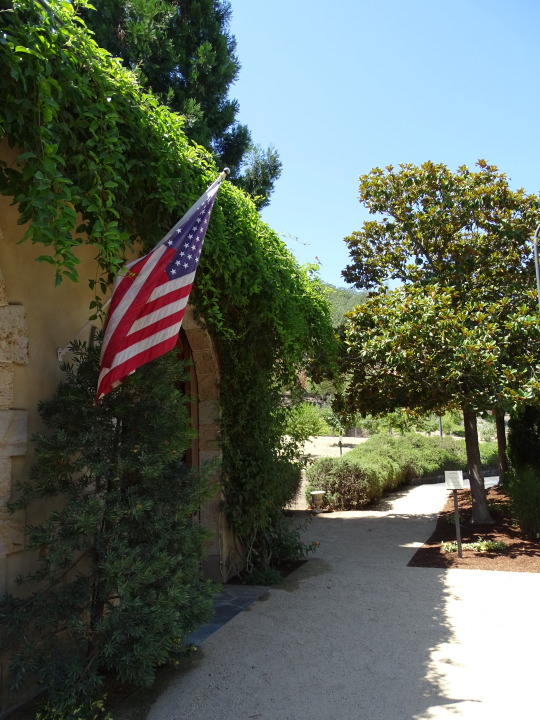
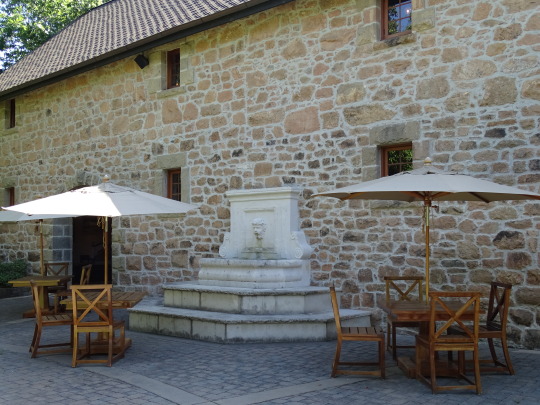
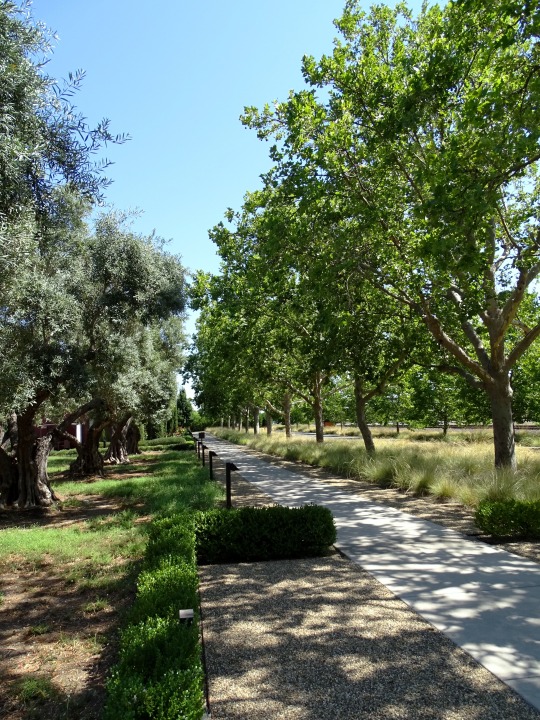
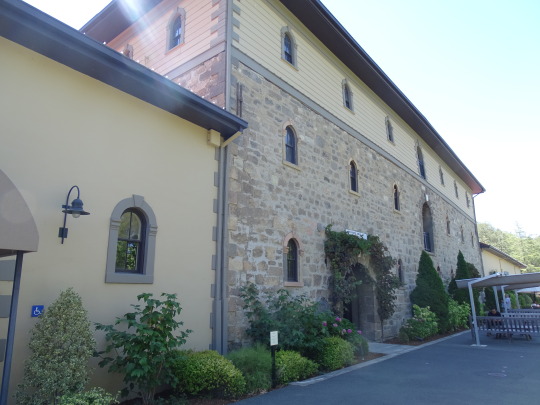



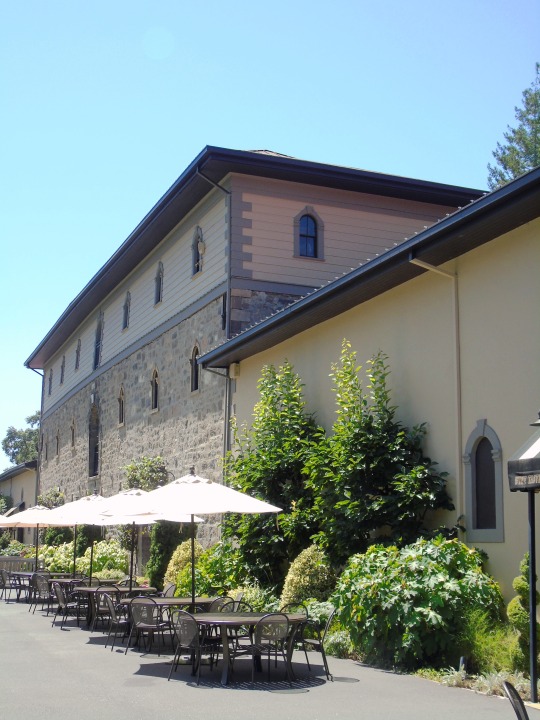






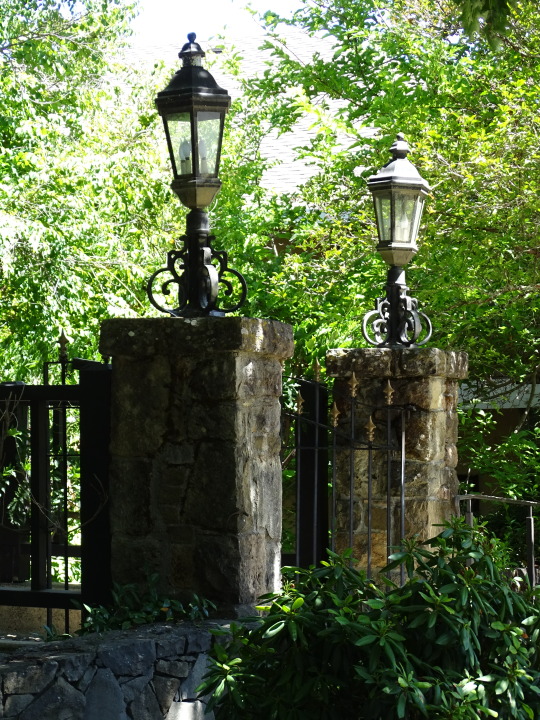

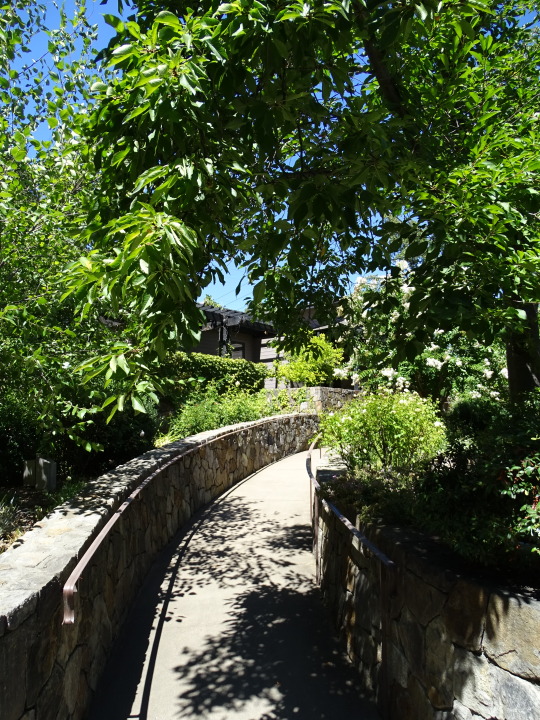
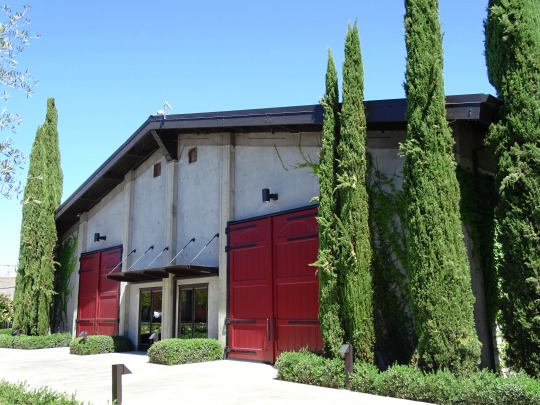


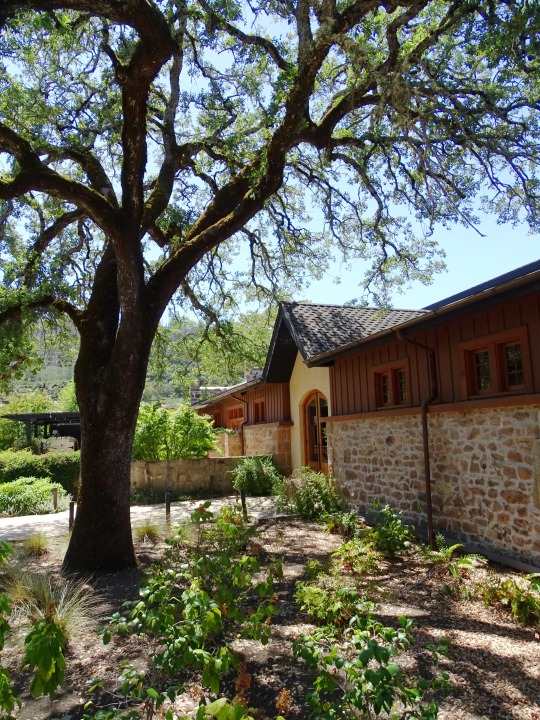


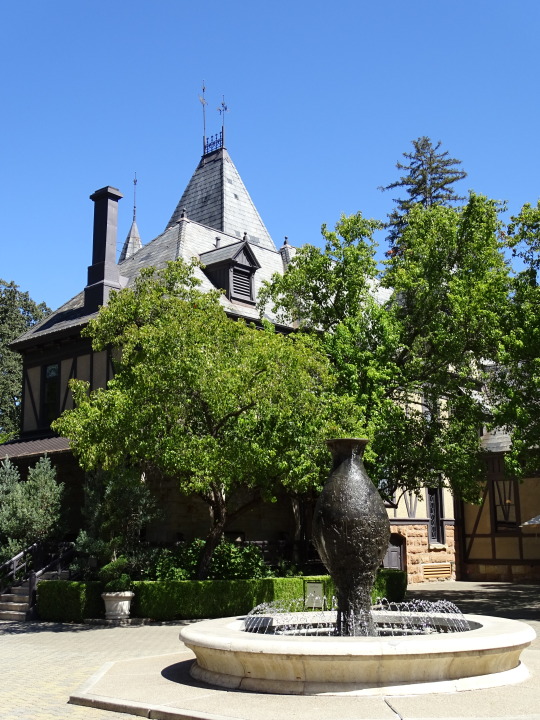



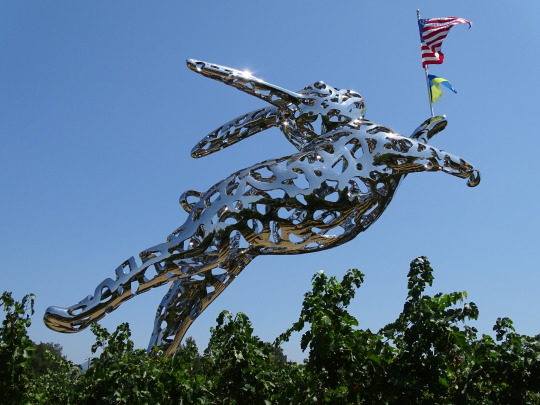


St. Helena was incorporated on March 24, 1876.
#incorporated#Louis M. Martini Winery#Beringer Vineyards#24 March 1876#St. Helena#original photography#anniversary#US history#tourist attraction#landmark#architecture#cityscape#summer 2022#Freemark Abbey Winery#Turnbull Wine Cellars#HALL Wines#landscape#don't drink and drive#USA#California#countryside#small town#West Coast#Napa Valley#travel#vacation#2013#Bunny Foo Foo by Lawrence Argent
3 notes
·
View notes
Photo
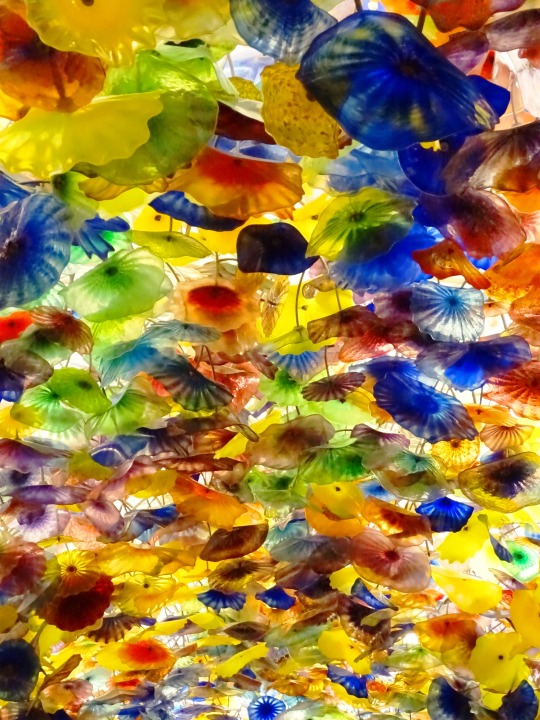

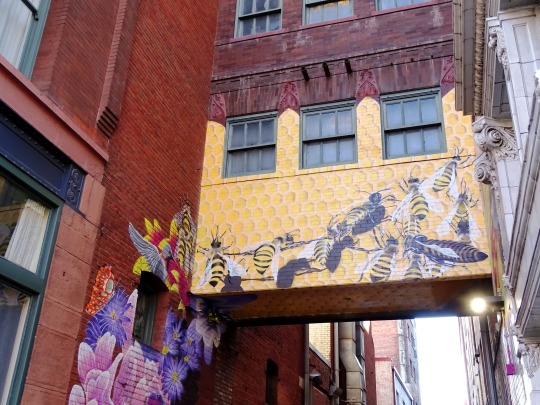




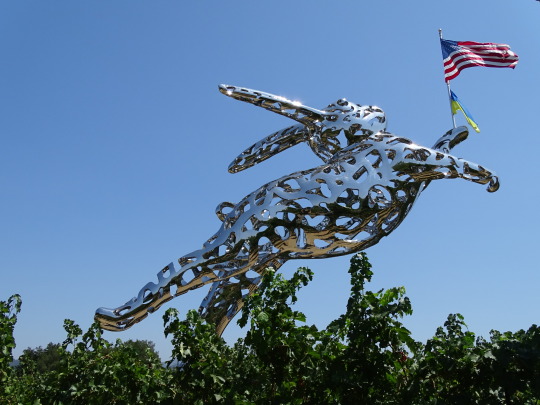


World Art Day
World Art Day is celebrated every year on April 15. All around the world, people have their definitions for what they consider to be art. Different cultures have different tastes and styles. This holiday is used as an opportunity to promote the development of art. It encourages people to take the time to notice the beautiful things around them. With our busy schedules, people don’t always have the time to go to art galleries. A yearly reminder about beauty helps people relax and just enjoy experiencing the world. It shares knowledge, sparks curiosity, and leads to very interesting conversations.
History of World Art Day
World Art Day was declared on April 15 at the General Assembly of the International Association of Art. The first celebration was in 2012. The date was chosen to honor the birthday of the famous Leonardo da Vinci. Da Vinci represents tolerance, world peace, freedom of expression, and multiculturalism. The first world art day was supported by all the International Association of Art (I.A.A.) national committees. There were 150 artists from countries all over the world to ensure inclusion. There were conferences and special museum hours. Outdoor art exhibitions were held to display paintings, prints, sculptures, videos, and more.
Art comes in different forms and categories. Art can be architecture, music, painting, sculpting, dance, or literature. Cinema is also considered art. It is a way for people to express themselves through creativity. True art is simply an expression of emotion. It represents the artist’s view of the world and how they feel about it. Art communicates how similar we can be and also how different. People get their meanings of art when they experience it. Their perceptions are usually based on their personal experiences in life.
World Art Day is a great reminder to help people notice the beauty around them. It reminds people to express themselves fully. We are all full of emotions and should be allowed to show them without fear. The goal is to facilitate the sustainable development of art. With enough support, artists can continue to portray beauty.
World Art Day timeline
1948 The I.A.A. is Born
The International Association of Art is founded in Beirut.
1954 The I.A.A. Becomes Independent
The International Association of Art becomes an independent organization and a UNESCO partner.
2012 World Art Day is Founded
The first World Art Day takes place in Guadalajara on April 15.
2013 World Art Day is Held in South Africa
World Art Day is celebrated by Mbombela municipal art museum in South Africa
World Art Day FAQs
Can anyone create art?
Anything that was created from the imagination as an expression of emotion is considered art. Art can be made by anyone.
Is cooking an art?
Cooking can be considered an art form. A cake, for example, can be considered a beautiful work of art.
Which cities are known for art?
Cities like Rome, Paris, Vienna, and Jerusalem are well-known for their arts and culture. Florence, Mexico City, Venice, London, Barcelona, and Lagos are also known for art.
World Art Day Activities
Create some art
Visit an art museum
Watch a great movie
You can get in touch with your creative side. You can write, draw, paint or take photographs.
There are many art museums and galleries that you can visit. They carry many beautiful art pieces that you can buy or just enjoy looking at.
Movies are considered to be a form of art. Enjoy a classic movie that tells a great story.
5 Fascinating Facts About Art
Art comes from the imagination
Art is a career field
Art can be a performance
Art helps the mind
Art is emotional
Humans use their creative skills and imagination to create something that others can see
Art has professional applications like fashion design, jewelry design, architecture, and wood crafts.
Performance arts include music, dance, and theater.
Art improves hand-eye coordination, strengthens focus, and teaches problem-solving.
Art can help people express complex feelings and emotions.
Why We Love World Art Day
Art is universal
Art is good for the health
Art opens the mind
Art can be understood by people all over the world. It has no language or border barriers.
Art is known to help increase motivation, build self-esteem, and improve holistic health.
Art helps people to see the world from a different point of view. It helps them get a new perspective.
Source
#Fiori di Como_Flowers of Como by Dale Chihuly#Denver#Paradise#travel#The Buzz by Bobby Magee Lorenz#Bad Decision by Vic Payne#Bliss Dance by Marco Cochrane#Garden Plot by Nick Cave#St. Helena#Alamosa#Durango#Bunny Foo Foo by Lawrence Argent#Agneau by François-Xavier Lalanne#Chicos and Capulin by David Montgomery#Tonopah Mural by Josh Scheuerman#World Art Day#15 April#WorldArtDay#original photography#tourist attraction#ArtHistoryDay
4 notes
·
View notes
Photo

Holes
What do you think about my pic?
#Bunny Foo Foo by Lawrence Argent#Hall Winery#sculpture#public art#USA#St. Helena#Napa Valley#West Coast#California#tourist attraction#travel#landmark#reflection#original photography#close up#detail#blue sky#nature#tree#floral#summer 2022#photo of the day#What do you think about my pic?#abstract
2 notes
·
View notes
Photo
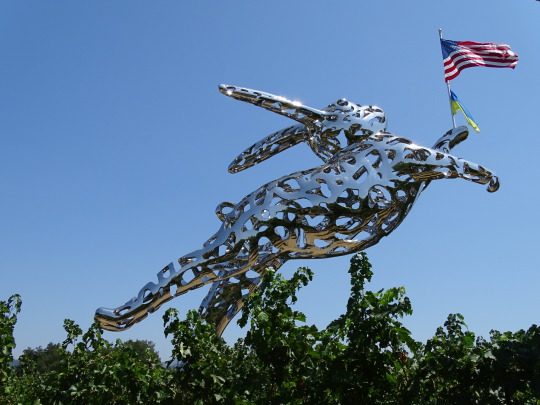
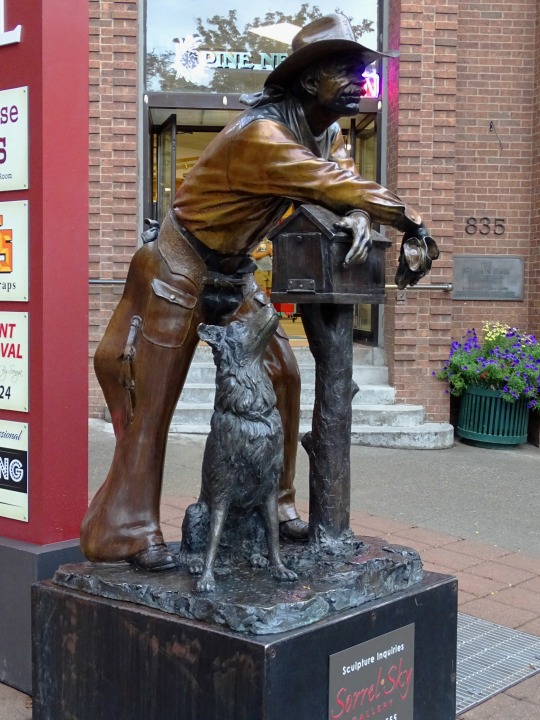







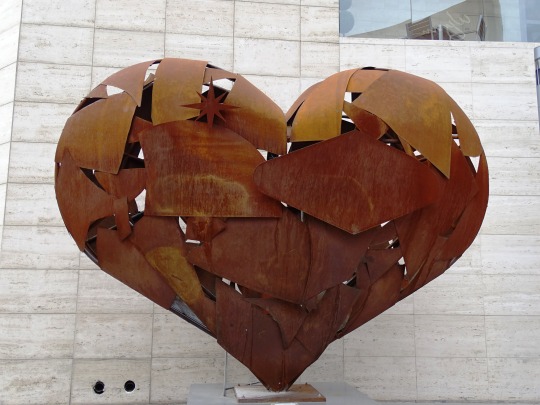
International Sculpture Day
International Sculpture Day is observed on the last Saturday of April every year and this year, it falls on April 29. It is an internationally recognized holiday that commemorates the art of sculpture and sculpted works. Sculptures are a type of visual art that is three-dimensional. Stone sculptures have been proven to last significantly longer than other works of art made of perishable materials, and they account for the vast bulk of all surviving non-pottery art from ancient cultures to this day. Sculptures have always been a major component of religious devotion in many cultures, and enormous sculptures were commonly used to represent religion or politics until recently. The ancient Mediterranean, India, and China, as well as various cultures in Central and South America and Africa, have the most surviving sculptures.
History of International Sculpture Day
The first undisputed sculpture pieces came from the Aurignacian culture in Europe and southwest Asia, which was active at the start of the Upper Paleolithic period. This culture developed well-crafted stone tools, pendants, ivory beads, and other forms of art. They are also attributed to being the first to create cave art and three-dimensional figures.
The Löwenmensch, found in Germany’s Hohenstein-Stadel area, is an anthropomorphic figure carved from mammoth ivory. It is believed to be one of the oldest known uncontested examples of figurative art, standing at 0.9 inches tall. Most prehistoric art that has survived to this day is movable sculptures found throughout central Europe.
The Swimming Reindeer from around 13,000 years ago is one of the greatest Upper Paleolithic Magdalenian bone carvings, however, it is outnumbered by engraved pieces, which are sometimes considered sculptures. The Tuc d’Audoubert caves in France, where a talented sculptor used a spatula-like stone tool and his fingers to build a pair of large bison against a limestone rock tens of thousands of years ago, are home to two of the world’s largest prehistoric sculptures.
Much of the figurative sculpture in Europe at the beginning of the Mesolithic era has been greatly reduced. These sculptures have remained less of a common element in art other than relief decoration of practical objects until the Roman period, despite works such as the Gundestrup cauldron from the European Iron Age and the Bronze Age Trundholm sun chariot.
The Mesopotamian conquest, as well as much of its surrounding territory by the Assyrians, created a larger and wealthier state than was previously usual in the region, with particularly grandiose art in palaces and public places, clearly an attempt to match the glory of the Egyptian empire art. The Assyrians created their sculptures in great numbers using easily carved stones from Northern Iraq.
International Sculpture Day timeline
800—721 B.C The Assyrian Lamassu is Created
The Assyrian gate guardian sculpture, Lamassu, is created.
1513—1515 Michelangelo’s Moses Sculpture is Created
Michelangelo creates the sculpture of Moses sometime during these years.
1793 Crucifixion of Jesus Christ Sculpture is Created
The Spanish sculpture of the Crucifixion of Jesus Christ is made from wood and polychrome.
1998 Angel of the North Sculpture is Created
Sculptor Antony Gormley creates the sculpture of the Angel of the North.
International Sculpture Day FAQs
Which country is famous for sculpture?
The Western sculpture tradition originated in ancient Greece, and the country is well-known for producing great masterpieces during the classical period. During the Middle Ages, Gothic sculpture expressed the Christian faith’s agonies and emotions.
Does the date for International Sculpture Day change?
Yes. The date for International Sculpture Day is the last Saturday of April every year.
Where did sculptures originate?
The earliest sculpture samples belonged to the Aurignacian culture, which was in Europe and southwest Asia and was active at the beginning of the Upper Paleolithic period.
International Sculpture Day Activities
Visit a museum of sculptures
Make your own sculpture
Share on social media
International Sculpture Day is an excellent reason to visit any of the many sculpture museums and historical sites that feature beautiful sculptures. This is also a chance to learn more about the history of sculptures and their sculptors.
You can seize this opportunity and spark your creativity by building your very own sculpture using available and sustainable materials. You can create something meaningful that you can put on display in your home.
Use the hashtag #InternationalSculptureDay to share all of your activities for International Sculpture Day on social media! Take as many pictures as you can and tag your friends!
5 Interesting Facts About Sculptures
Sculpture is three-dimensional
There are various materials for sculpting
Sculptures have cultural and religious origins
There are two major types of sculptures
Stone sculptures are the most durable
A sculpture is a three-dimensional visual art, which makes it all the more “realistic.”
Unlike in the past, when sculpting materials were only limited to stone, bronze, and a few others, modernism has changed the order of things and a variety of materials can be used for sculptures.
Most prehistoric sculptures were born out of a reference to cultural, religious, and political themes.
There are two major types of sculptures which are “statues” and “relief” sculptures.
Most of the prehistoric sculptures and other art forms are stone sculptures.
Why We Love International Sculpture Day
Sculptures tell us stories
Art relaxes the mind
It is food for the soul
Most sculpture works have a story to them; either of religious, cultural, or political origin. International Sculpture Day allows us to learn about the history of sculptures and the artists who created them.
Creating art relaxes the mind. It allows people to showcase their passion by doing something they love.
Ever seen a sculpture or other work of art and felt so… filled? Exactly. Viewing beautiful art pieces is like food for the soul.
Source
#Waiting on an Answer by George Lundeen#Bad Decision by Vic Payne#USA#Bunny Foo Foo by Lawrence Argent#Big Bill Murphy by Adam Skiles#Bliss Dance by Marco Cochrane#Satos Horse by Jim Johnson#Heartfullness Vegas by Katy Boynton#Trouvaille by Kasia Polkowska#Beliers by François-Xavier Lalanne#International Sculpture Day#29 April 2023#last Saturday in April#summer 2022#original photography#public art#travel#vacation
2 notes
·
View notes
Photo


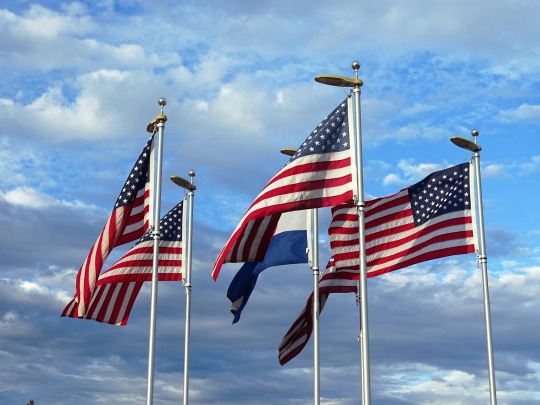


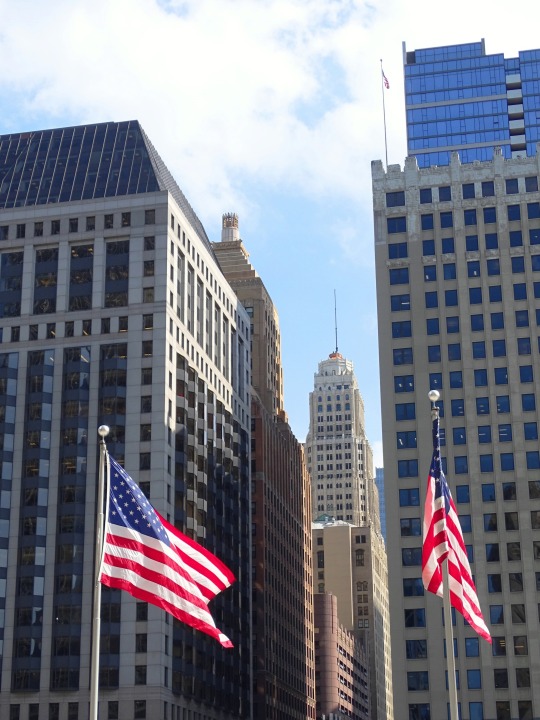

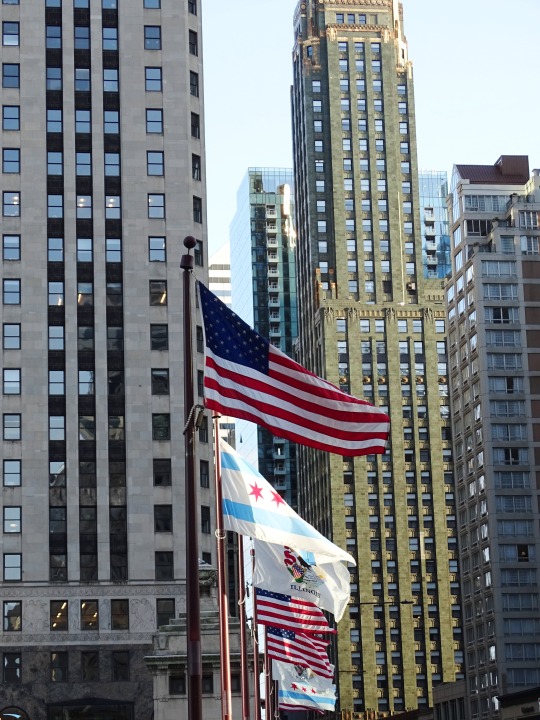

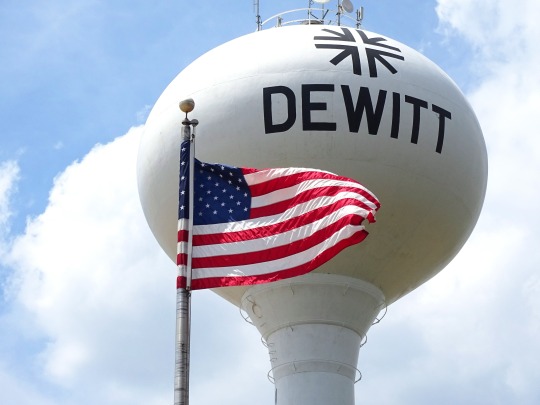
National Flag Day
Whether it's waving in the wind or printed on your favorite t-shirt, this symbol represents a nation founded on freedom and hope.
It’s time to rally round… Whether it’s a huge Stars and Stripes flapping on the porch, or just a lapel pin, find a way to mark a unique day in a unique nation. Pay some respect to this notable national flag of the United States of America on National Flag Day!
History of National Flag Day
This important day can trace its roots back more than 100 years when United States President Woodrow Wilson, on May 30, 1916, issued a presidential proclamation declaring June 14 to be National Flag Day. Honoring the flag that now bears fifty stars and thirteen stripes, this day commemorates the day in 1777 when the approval for the first national flag was made. Though National Flag Day is not an official federal or government holiday, it is still an important time to celebrate.
Of course, the flag has gone through a few different iterations over the years. Originally containing thirteen stars and thirteen stripes, as the country grew, the flag changed. The most recent change was on July 4, 1960, when two more stars were added to celebrate the addition of two new states to the union: Alaska and Hawaii.
While the Fourth of July has become an all-around celebration of the birthday of America, National Flag Day has kept more of a local character, with traditions rooted in the township or the county, the city or the state capital. And much more than for family festivals, it feels right to be celebrating it with your team, club or class.
Every year, people are invited to discover their inner Betsy Ross and make their own versions of Old Glory, in everything from stained glass to potato prints to rows of flowers. The men who adopted the first flag, way back in 1777, could hardly have imagined it. Three cheers for all things red, white and blue with stars and stripes on National Flag Day!
How to Celebrate National Flag Day
Show some support for the meaning of the US Flag by celebrating National Flag Day with a variety of activities, including some of these:
Display an American Flag
One of the most important things to do on National Flag Day is to show a bit of American pride by flying a flag. Hang it on a pole on the outside of the house, raise one up a flag pole or place one on the desk at the office.
This is a great time to show a bit of patriotism and loyalty to the fifty white stars and thirteen red and white stripes. But remember, to adhere to the US Flag Code, if a flag is flown outside, it should be raised in the morning and taken down at sunset each day.
Visit the Betsy Ross House
The story goes that a woman named Elizabeth Griscom Ross, who was a seamstress for George Washington, was the person who made the first flag, commissioned by the president and two of his colleagues. The legend has been passed down through the Ross family for more than two centuries. Tourists can head over to the Betsy Ross House, located in the Old City neighborhood of Philadelphia, to take a tour of the place and learn more about the history of Old Glory.
Try Making Some American Flags
One interesting activity to enjoy in celebration of National Flag Day might be to get creative with some stars and stripes of your own. A variety of mediums could be employed, from watercolor or acrylic paints to crochet or knitting with yarn, it’s fun to see what ways a flag can take shape.
Parents and teachers can help school aged children or preschoolers using popsicle sticks, perler beads, paper plates or other crafting materials. Or just keep it simple with some white paper and some crayons or colored pencils. National Flag Day has never been so much fun!
Source
#Sonoma#Alamosa#Bunny Foo Foo by Lawrence Argent#Chicago#St. Helena#Paoli Massacre Monument#Chaffee County#DeWitt#Iowa#USA#Illinois#Turnbull Wine Cellars#Hall Winery#Colorado#California#National Flag Day#14 June#travel#vacation#summer 2022#2019#cityscape#landmark#landscape#architecture#tourist attraction#Rocky Mountains#NationalFlagDay#original photography
0 notes
Photo

Holes
What do you think about my pic?
#Bunny Foo Foo by Lawrence Argent#HALL Wines St. Helena#Napa Valley#USA#reflection#original photography#public art#stainless steel#sculpture#vacation#tourist attraction#landmark#roadside atrraction#California#wine country#summer 2022#photo of the day#What do you think about my pic?#detail#close up#rabbit#hare
0 notes
Photo

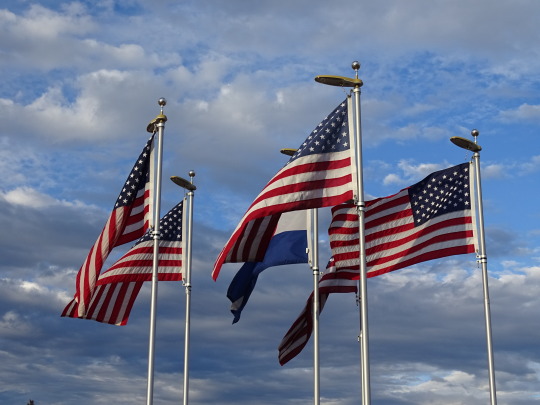
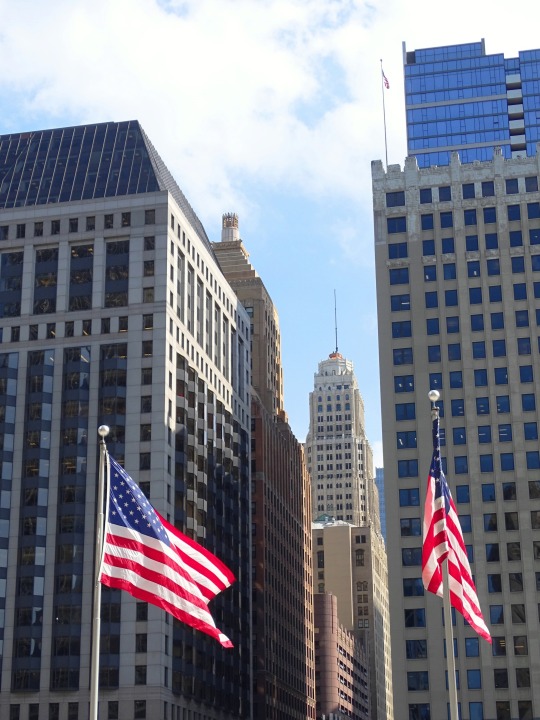
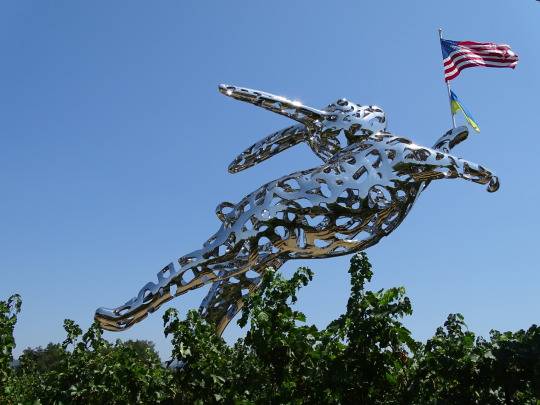
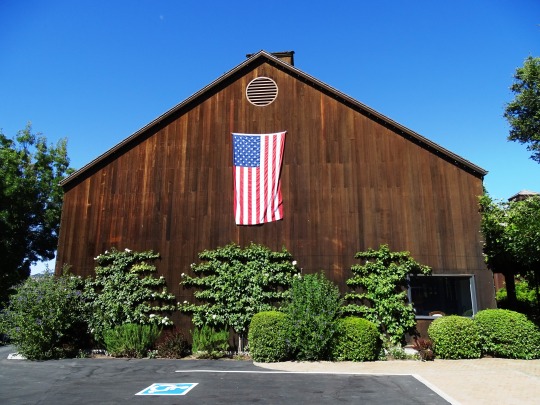
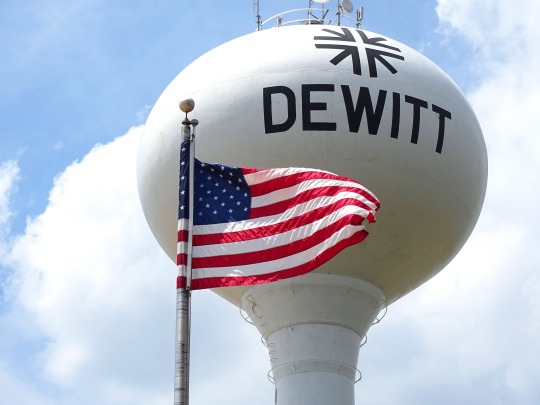




Francis Scott Key completed his poem, “The Star-Spangled Banner” on September 16, 1814, which would become the official national anthem of the United States on March 3, 1931.
#Sonoma#moon#Alamosa#California#Colorado#HALL Wines St. Helena#Bunny Foo Foo by Lawrence Argent#summer 2022#2019#landscape#cityscape#original photography#Turnbull Wine Cellars#Chicago#Las Vegas#Nevada#Paoli Massacre Monument#Malvern#Pennsylvania#Francis Scott Key#poem#The Star-Spangled Banner#16 September 1814#USA#travel#vacation#tourist attraction#landmark#anniversary#US history
0 notes
Photo





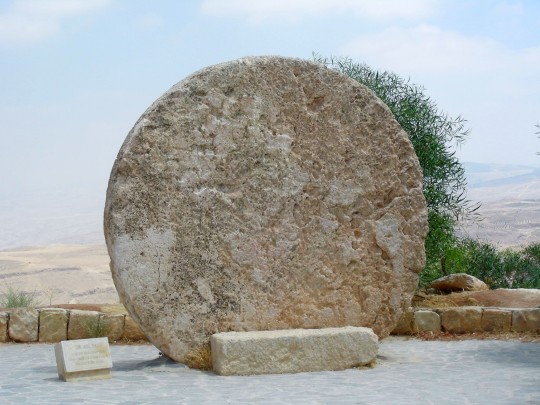

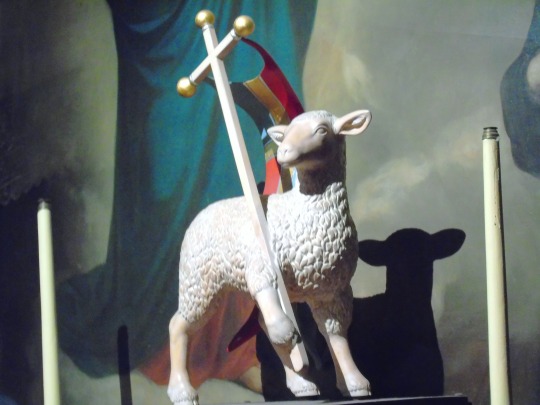


Easter
Easter is observed on the first Sunday following the full moon after the vernal equinox. Considered Christianity’s most important holy day, it celebrates the resurrection of Jesus Christ. Depending on which calendar a church follows, some will celebrate Easter earlier than others.
Leading up to Easter Sunday is an entire season of Easter observances beginning with Ash Wednesday, the official beginning of Lent. Lent is a time of fasting and reflection which represents the time Jesus spent in the wilderness for 40 days. Many know this as a time when Christians give something up for Lent.
Then during Holy Week, the Sunday before Easter is known as Palm Sunday. It commemorates Jesus’s entry into Jerusalem on a donkey just five days before He was crucified. Maundy Thursday remembers Jesus’s last supper; Good Friday is the day of the crucifixion, Holy Saturday is the time span between the crucifixion and the resurrection and Easter Sunday.
HOW TO OBSERVE
If you choose, you can participate in any number of church services. Dye eggs with children and have an Easter egg hunt. Local communities hold annual Easter egg hunts as well, so check your local social media, newspapers and community listings for dates and times.
HISTORY
Before Easter, Passover was the primary holy day celebrated, and it is closely linked with Easter. Jesus’s last supper was a Passover meal. By the 2nd century, Easter (Pascha) was being celebrated alongside Passover as well as pagan spring festivals.
The tradition of an Easter Bunny comes from medieval Germany where the Osterhase or Easter Hare would lay its colorful eggs in nests prepared by children. Immigrants in the 18th-century settling in the Dutch Pennsylvania countryside brought this fable and tradition with them to the United States.
Dying eggs is a tradition that dates back thousands of years across many cultures. Eggs have long been a symbol of rebirth, fertility and life springing forth. Today Easter egg hunts take place across the country, and it is not unusual to see a giant Easter Bunny surrounded by children in their Sunday best getting their pictures taken.
Source
#Easter#first Sunday following the full moon after the vernal equinox#4 April 2021#Happy Easter#Frauenkirche#Nuremberg#Nürnberg#Germany#widlflower#flora#European Hare#wildlife#fauna#Cathedral Of The Holy Trinity#Québec#architecture#cityscape#Bunny Foo Foo by Lawrence Argent#Notre-Dame Basilica#Montréal#Mount Nebo#Jordan#restaurant#Deviled Eggs with Californian Caviar#Brix Restaurant & Gardens
0 notes
Photo




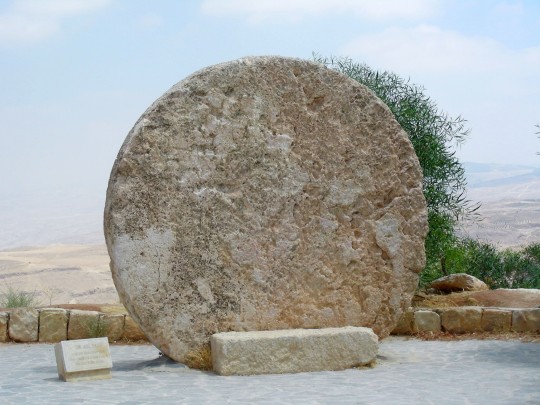



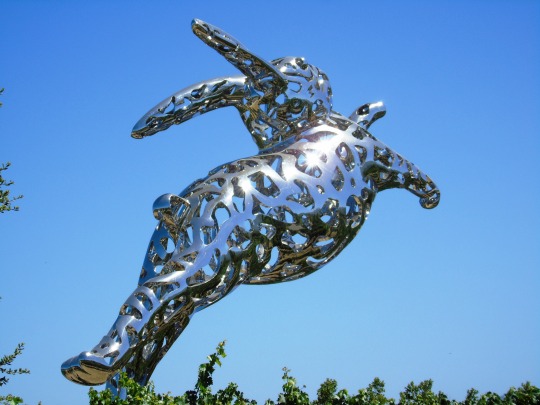

Easter
Easter is observed on the first Sunday following the full moon after the vernal equinox. Considered Christianity’s most important holy day, it celebrates the resurrection of Jesus Christ. Depending on which calendar a church follows, some will celebrate Easter earlier than others.
Leading up to Easter Sunday is an entire season of Easter observances beginning with Ash Wednesday, the official beginning of Lent. Lent is a time of fasting and reflection which represents the time Jesus spent in the wilderness for 40 days. Many know this as a time when Christians give something up for Lent.
Then during Holy Week, the Sunday before Easter is known as Palm Sunday. It commemorates Jesus’s entry into Jerusalem on a donkey just five days before He was crucified. Maundy Thursday remembers Jesus’s last supper; Good Friday is the day of the crucifixion, Holy Saturday is the time span between the crucifixion and the resurrection and Easter Sunday.
HOW TO OBSERVE
If you choose, you can participate in any number of church services. Dye eggs with children and have an Easter egg hunt. Local communities hold annual Easter egg hunts as well, so check your local social media, newspapers and community listings for dates and times.
HISTORY
Before Easter, Passover was the primary holy day celebrated, and it is closely linked with Easter. Jesus’s last supper was a Passover meal. By the 2nd century, Easter (Pascha) was being celebrated alongside Passover as well as pagan spring festivals.
The tradition of an Easter Bunny comes from medieval Germany where the Osterhase or Easter Hare would lay its colorful eggs in nests prepared by children. Immigrants in the 18th-century settling in the Dutch Pennsylvania countryside brought this fable and tradition with them to the United States.
Dying eggs is a tradition that dates back thousands of years across many cultures. Eggs have long been a symbol of rebirth, fertility and life springing forth. Today Easter egg hunts take place across the country, and it is not unusual to see a giant Easter Bunny surrounded by children in their Sunday best getting their pictures taken.
Source
#Cathedral Of The Holy Trinity#Quebec City#Québec#Easter#12 April 2020#Happy Easter#stained glass window#Basilique Notre-Dame de Montréal#USA#Mount Nebo#Jordan#original photography#Brix Restaurant & Gardens#Bunny Foo Foo by Lawrence Argent#Deviled Eggs with Californian Caviar#flower#blooming#first Sunday following the full moon after the vernal equinox#Napa#Napa Valley#California#hare#rabbit#wildlife#Syracuse
0 notes
Photo
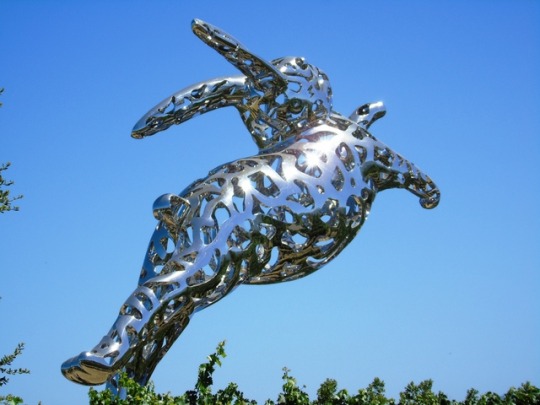
Bunny Foo Foo by Lawrence Argent, HALL Wines
What do you think about my pic?
#Bunny Foo Foo by Lawrence Argent#HALL Wines#St Helena#Napa Valley#California#usa#public art#stainless steel#big#What do you think about my pic?#giant rabbit#summer 2017#landmark#photography#blue sky#jumping
10 notes
·
View notes
Photo


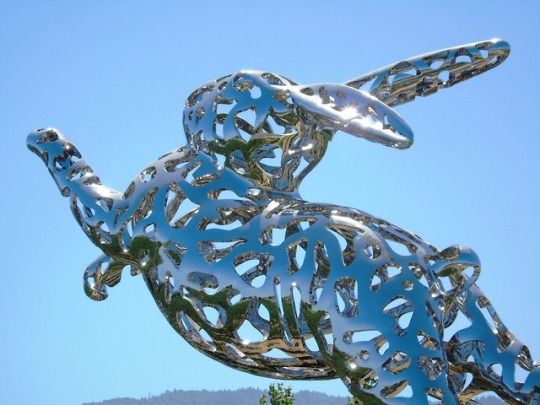




"Bunny foo foo", St. Helena
Size: 30 x 15 x 7 ft. / Material: 316 grade Stainless Steel / Location: Hall Winery, St. Helena, California
Completed: 2014
The project began with a directive from Kathryn and Craig Hall in the creation of “Bunny foo foo”.
The tune was sung by Kathryn Hall to her children as they were growing up.
Little Bunny Foo Foo is a children's poem, involving a rabbit harassing a population of field mice. The rabbit is scolded and eventually punished by a fairy. The poem is sung to the tune of Down By The Station (1948), and melodically similar to the popular French Canadian children's song Alouette(1879).
Whilst I am not normally an artist that heads to such directive, I thought it an exciting challenge to have the opportunity to create within such parameters and perhaps create something that signifies the above and much, much more. The site and majestic surroundings reinforced a desire to try to successfully integrate and subversively interrupt a connection to place.
My experience and knowledge of the physicality of rabbits came from working on the project at the Sacramento Airport. The shapes of the particular limbs, body, positioning and dynamics of movement were all present in my consciousness. This permitted me to play and have a basis by which I could then implement some digital exercises in surface treatments and push some newfound methodologies I had discovered in the digital studio.
Once I had attained the posture and positioning, that of leaping from across the Highway into the Hall Winery property, I knew the resonance of what I was creating would have a significant impact on the vista surrounding the property.
After many attempts, some good and others not so, I became attached to a vine inspiration of how I might represent the “bunny” . This remained at the core of many future attempts of manipulating the form and surface until I arrived at the current abstraction leaping from the vineyards.
Source
#Napa Valley Wine Train#Bunny Foo Foo by Lawrence Argent#stainless steel#public art#sculpture#reflection#HALL Wines#Hall Winery#Napa Valley#California#usa#summer 2017#photography#photoset#travel
0 notes
Photo
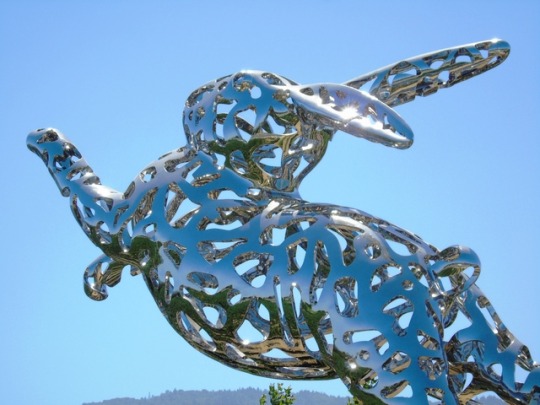

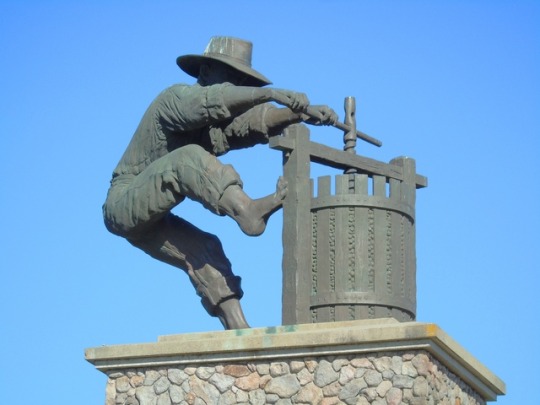


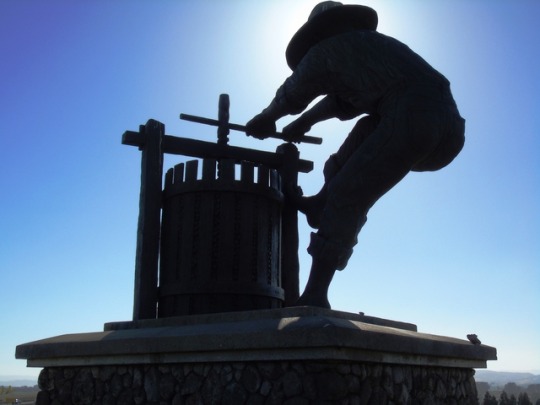
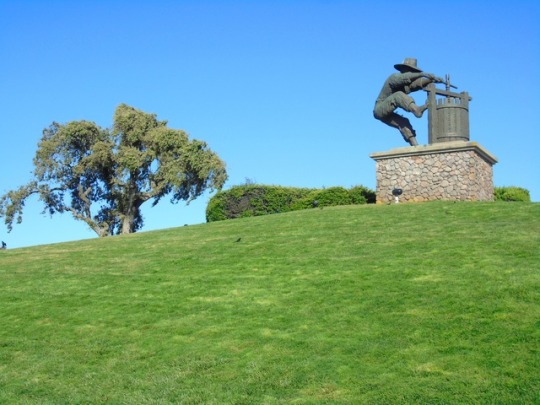
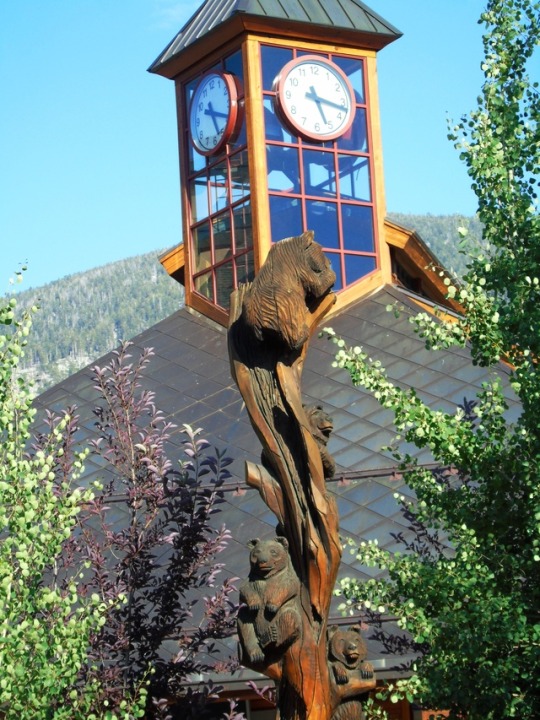

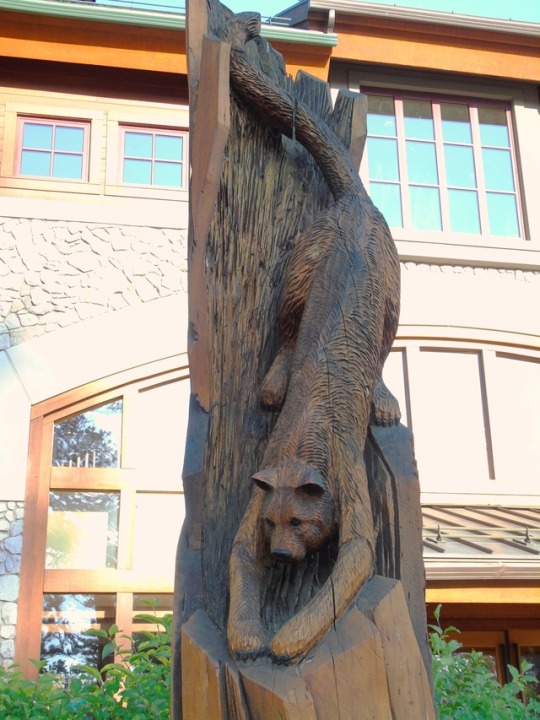
Public Art (No. 70)
Bunny Foo Foo by Lawrence Argent, St. Helena (two pics)
Grape Crusher by Gino Miles, Napa (five pics)
Chainsaw Sculptures by Jerry Toste, South Lake Tahoe (three pics)
#Bunny Foo Foo by Lawrence Argent#public art#sculpture#stainless steel#HALL Wines#St. Helena#Grape Crusher by Gino Miles#view point#vista point#sunrays#Vista Point Park#Chainsaw Sculpture by Jerry Toste#bear#eagle#clock#Napa Valley#California#usa#summer 2017#travel#photography#photoset#cityscape#landscape#tourist attraction
1 note
·
View note
